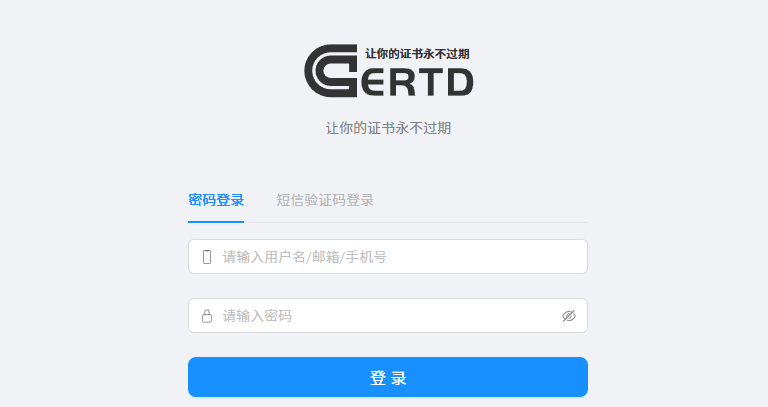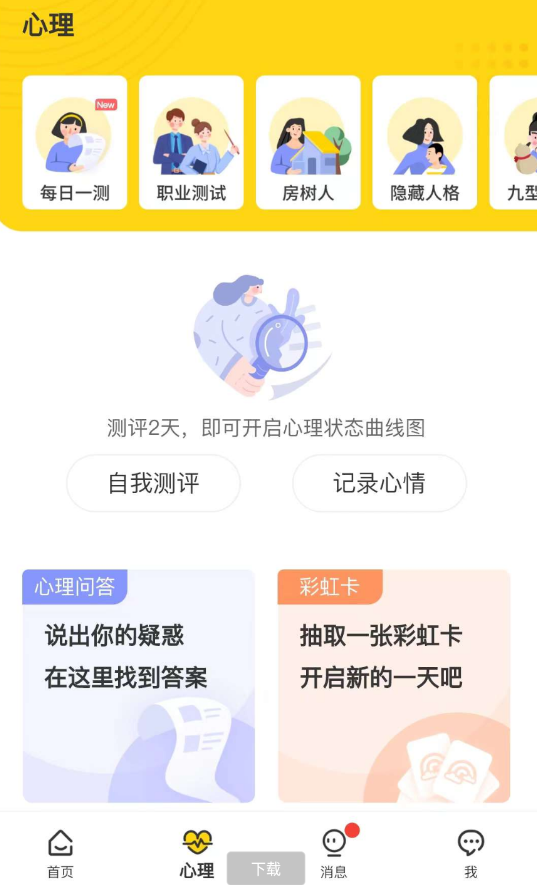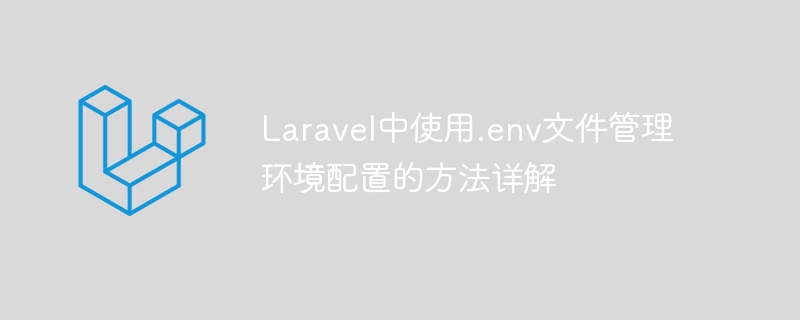laravel开发:如何使用laravel eloquent实现多态关联?
多态关联是 Laravel Eloquent 的一项重要功能,它可以使一个模型和多个不同的模型建立关联关系。在实际应用中,处理不同类型的数据相对简单且高效,尤其在数据库设计上非常方便。在本文中,我们将讨论如何使用 Laravel Eloquent 实现多态关联。
一、什么是多态关联?
多态关联是指一个模型和多个不同的模型建立关联关系,可以将其视为对通用类别的引用。它能为许多应用带来便利,如:
- 图片、音频和视频模型都可以与评论模型建立多态关联,使评论可以应用于多种数据类型。
- 用户可以与评论模型建立多态关联,并被应用于多种数据类型,如文章、图片、视频等。
- 订单模型可以与收货地址模型建立多态关联,使订单可以配送到多种地址类型,如家庭、公司、网点等。
二、实现多态关联的方法
下面让我们看看如何使用 Laravel Eloquent 实现多态关联。
首先,我们需要考虑的是数据表的设计。我们需要创建一个中间表,用于存储模型之间的多态关联关系。此表应包含以下列:
- id: 表主键 ID;
- target_type: 目标模型的类型名称;
- target_id: 目标模型的 ID;
- source_type: 源模型的类型名称;
- source_id: 源模型的 ID。
下面是数据库迁移文件示例:
<?php use IlluminateDatabaseMigrationsMigration; use IlluminateDatabaseSchemaBlueprint; use IlluminateSupportFacadesSchema; class CreateCommentsTable extends Migration { /** * Run the migrations. * * @return void */ public function up() { Schema::create('comments', function (Blueprint $table) { $table->id(); $table->morphs('commentable'); $table->text('content'); $table->timestamps(); }); Schema::create('votes', function (Blueprint $table) { $table->id(); $table->unsignedBigInteger('user_id'); $table->unsignedBigInteger('voteable_id'); $table->string('voteable_type'); $table->enum('type', ['up', 'down']); $table->timestamps(); }); } /** * Reverse the migrations. * * @return void */ public function down() { Schema::dropIfExists('comments'); Schema::dropIfExists('votes'); } }
在以上迁移文件中,我们创建了两个新的表:comments和votes。
comments 表包含评论模型的基本信息,另外使用morphs()方法来实现了多态关联的指向。votes 表也类似,使用voteable_id和voteable_type字段来实现多态关联。
接下来,我们需要在 Eloquent 模型中定义关联关系。
Comment 模型:
<?php namespace AppModels; use IlluminateDatabaseEloquentFactoriesHasFactory; use IlluminateDatabaseEloquentModel; class Comment extends Model { use HasFactory; public function commentable() { return $this->morphTo(); } public function votes() { return $this->morphMany(Vote::class, 'voteable'); } }
Vote 模型:
<?php namespace AppModels; use IlluminateDatabaseEloquentFactoriesHasFactory; use IlluminateDatabaseEloquentModel; class Vote extends Model { use HasFactory; public function voteable() { return $this->morphTo(); } public function user() { return $this->belongsTo(User::class); } }
以上代码将为 Comment 模型和 Vote 模型分别定义多态关联关系。在 Comment 模型中,我们使用morphTo()方法定义了指向的多态关联关系,而在 Vote 模型中,我们使用morphMany()方法来定义了对评论的多态关联关系。
三、使用多态关联
让我们看看如何使用多态关联。
创建评论:
$article = Article::find(1); $comment = $article->comments()->create([ 'content' => 'This is a comment', ]);
获取评论的投票:
$votes = $comment->votes;
获取文章的评论:
$comments = $article->comments;
投票:
$comment->votes()->create([ 'user_id' => 1, 'type' => 'up', ]);
以上代码示例演示了多态关联关系的基本用法,你可以在 Laravel Eloquent 文档中找到更多关于此特性的详细信息。
总结
多态关联是 Laravel Eloquent 的重要特性之一,它可以使一个模型和多个不同的模型建立关联关系。在数据库设计和应用开发中非常有用。在使用 Laravel Eloquent 实现多态关联时,需要设计关联关系的中间表,并在 Eloquent 模型中定义关联关系。我们可以使用morphTo() 和 morphMany() 方法来实现多态关联关系。
















